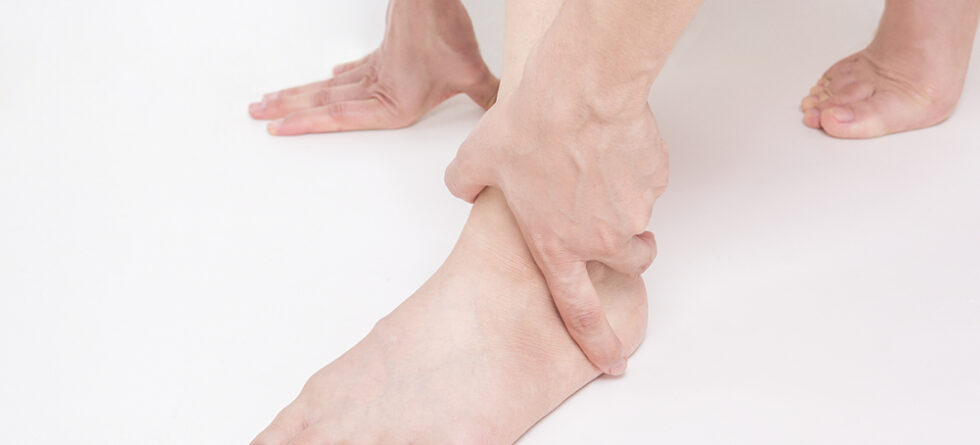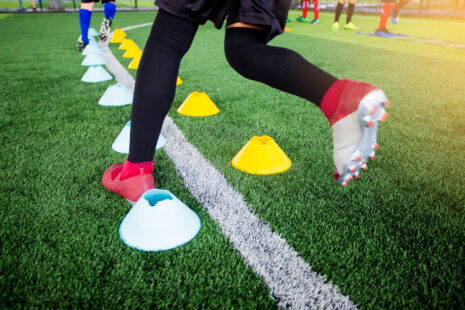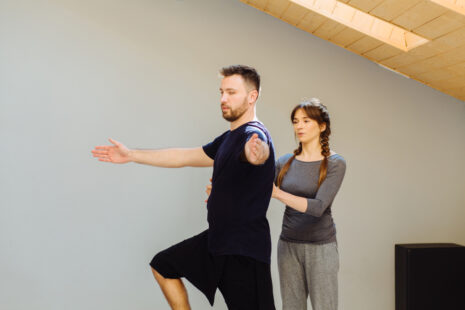In Brazilian Jiu-Jitsu (BJJ), foot injuries can occur due to the nature of the sport, which involves grappling, takedowns, and ground fighting.
Some common foot injuries that BJJ practitioners may experience include…
- Sprained Ankles – Ankle sprains are among the most common foot injuries in BJJ and can occur when the foot is twisted or rolled forcefully during training or competition. This can result in stretching or tearing of the ligaments that support the ankle joint, leading to pain, swelling, and instability.
- Plantar Fasciitis – Plantar fasciitis is inflammation of the plantar fascia, a thick band of tissue that runs along the bottom of the foot, connecting the heel to the toes. This condition can cause pain and stiffness in the heel or arch of the foot, especially after periods of inactivity or intense activity.
- Turf Toe – Turf toe is a sprain of the ligaments around the big toe joint, often caused by hyperextension or hyperflexion of the toe. BJJ practitioners may experience turf toe when pushing off the mat forcefully during takedowns or while attempting to escape from certain positions.
- Stress Fractures – Stress fractures are tiny cracks in the bones of the foot, typically caused by repetitive impact or overuse. BJJ practitioners who engage in intense training sessions or participate in competitions may be at risk of developing stress fractures due to the repetitive stress placed on the feet.
- Toe Injuries – Injuries to the toes, such as jammed toes or broken toes, can occur during BJJ training or competition, particularly when the toes are caught or trapped between the body and the mat. These injuries can cause pain, swelling, and limited range of motion in the affected toe.
- Achilles Tendonitis – Achilles tendonitis is inflammation of the Achilles tendon, which connects the calf muscles to the heel bone. This condition can develop from overuse, improper footwear, or sudden increases in training intensity. BJJ practitioners may experience Achilles tendonitis due to the repetitive jumping, pivoting, and pushing off motions involved in training.
- Ligament Strains – Ligament strains or tears in the foot and ankle can occur from sudden twists, turns, or impacts during BJJ training. Commonly affected ligaments include the lateral ligaments of the ankle, which can become strained or torn during takedown attempts or when defending against submission attempts.
To help prevent foot injuries in BJJ, practitioners should focus on proper technique, wear supportive footwear when necessary, warm up adequately before training, and listen to their bodies to avoid overuse or excessive strain on the feet. Addressing any existing foot issues, such as flat feet or high arches, with orthotic inserts or supportive footwear can help reduce the risk of injury. If an injury does occur, it’s essential to seek appropriate medical attention and follow a rehabilitation program to ensure proper healing and prevent further complications.



